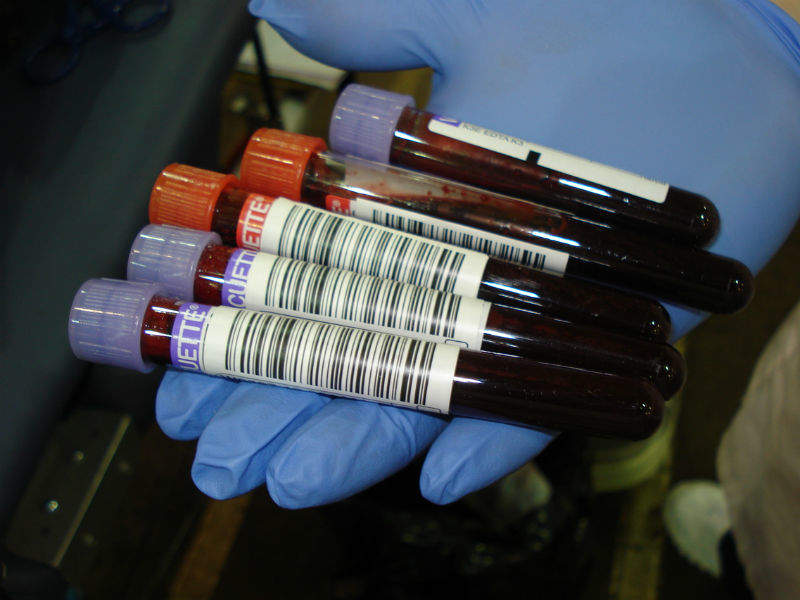
Researchers at Rutgers University in the US have developed an end-to-end blood test device that combines robotic phlebotomy with downstream sample processing to draw blood and provide diagnostic results with rapid turnaround times at the point of care.
The device has the potential to accelerate hospital work-flow and enable practitioners to devote more time to treating patients.
How well do you really know your competitors?
Access the most comprehensive Company Profiles on the market, powered by GlobalData. Save hours of research. Gain competitive edge.

Thank you!
Your download email will arrive shortly
Not ready to buy yet? Download a free sample
We are confident about the unique quality of our Company Profiles. However, we want you to make the most beneficial decision for your business, so we offer a free sample that you can download by submitting the below form
By GlobalDataResearch regarding the test has been published in a paper in the journal TECHNOLOGY.
Senior author of the paper Dr Martin Yarmush said: “This device represents the holy grail in blood testing technology. Integrating miniaturized robotic and microfluidic systems, this technology combines the breadth and accuracy of traditional laboratory testing with the speed and convenience of point-of-care testing.”
The researchers wanted to create a device that could address the current issues with manual blood tests. These issues include draw success rates being dependent on clinician skill and patient physiology as well as the time it takes to generate results in centralised labs from large-volume samples using labour-intensive analytical techniques.
To address these issues, the team of researchers designed the blood test device so it included an image-guided venipuncture robot able address the challenges of routine venous access, with a centrifuge-based blood analyser to obtain quantitative measurements of haematology.
In the paper, the researchers presented results for a white blood cell assay, using a blood-mimicking fluid containing fluorescent microbeads. Studies were conducted on the integrated device, from blood draw to analysis, using blood vessel phantoms. High accuracy and repeatability of the cannulation and resulting white blood cell assay was demonstrated.
First author of the paper Dr Max Balter said: “When designing the system, our focus was on creating a modular and expandable device. With our relatively simple chip design and analysis techniques, the device can be extended to incorporate a broader panel of assays in the future.”








